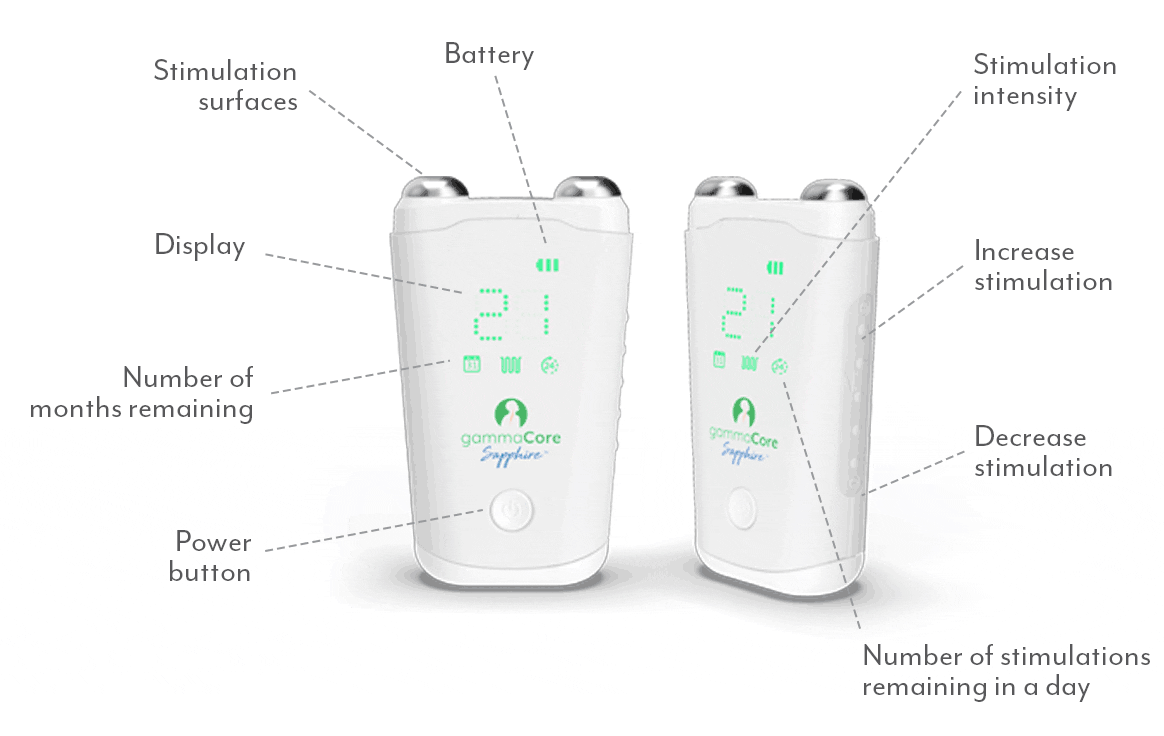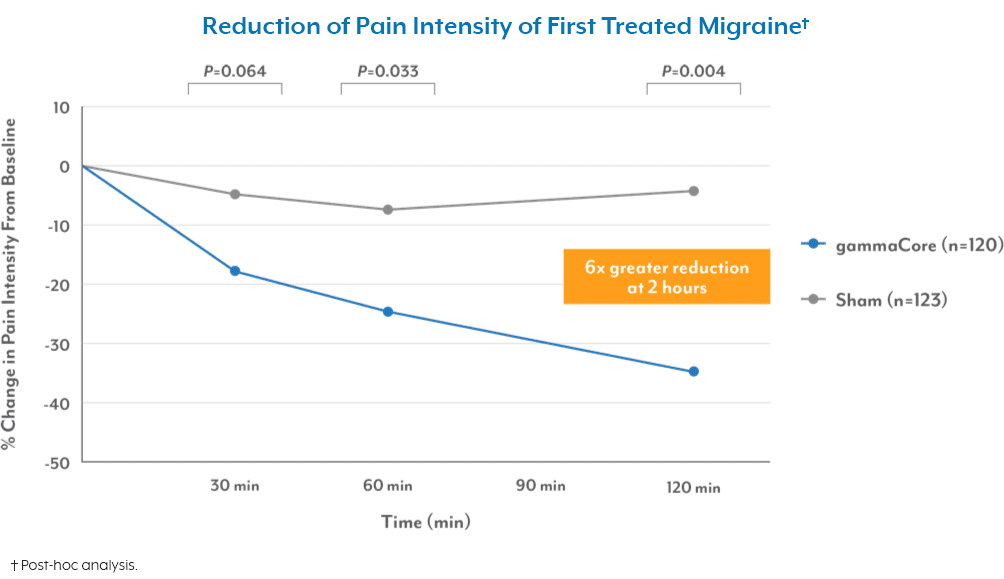
Migraine can be a challenging part of the school experience, affecting focus, comfort, and overall well-being. In fact, studies show that nearly one-quarter of students suffer from migraine. But with the right strategies, it’s possible to not only manage migraine effectively, but also help you or the student in your care thrive.
Read on for practical tips to overcome migraine at school. By the end, you’ll discover how simple changes, and proactive steps can lead to a more comfortable and successful school experience.
Common Triggers for a Migraine at School
Migraines are more than just headaches—they often come with nausea, vomiting, and extreme sensitivity to light and sound, making them a physical and emotional burden for students. However, by identifying and avoiding common triggers, you can significantly reduce the likelihood of migraine pain.
Here are some triggers to watch out for:
- Bright Classroom Lights: Harsh lighting can strain your eyes and trigger migraines.
- Excessive Screen Time: Long periods spent on computers or tablets can contribute to eye strain and headaches.
- Stress: Worrying about exams or assignments can increase the chances of a migraine.
- Poor Nutrition: Skipping meals or eating unbalanced diets can make migraines more likely.
- Dehydration: Not drinking enough water can easily lead to headaches.
How to Get Rid of a Migraine at School
When a migraine hits at school, it’s important to take quick action to minimize discomfort and reduce pain. Here are some strategies that can help:
- Ask for an Excused Absence: If the migraine is overwhelming, stepping out of class to rest in a quiet space can make a big difference.
- Find a Quiet Spot: Reducing sensory input by resting in a dark, calm area can help ease symptoms.
- Dim the Lights: If possible, lower the brightness around you to reduce eye strain.
- Stay Hydrated1: Drinking water helps replenish fluids and can reduce the intensity of a migraine.
- Eat Light: If you need a snack, choose something easy to digest to avoid adding stress to your system.
Practical Tips for Managing Migraines in Class
Managing migraines in a classroom setting can be challenging, but with some preparation and communication, you can create a supportive environment that reduces the impact of migraine so you can focus on learning.
Consider these tips:
- Communicate with Teachers: Let your teachers or school staff know about your migraine attacks. They may be able to adjust lighting, seating, or allow for breaks as needed. It’s important to maintain open lines of communication about your condition so they can provide the support you need, such as extended deadlines or access to quiet spaces during an attack.
- Request Classroom Adjustments: Sitting in a spot that avoids glare and bright lights can help prevent migraine. While it might mean sitting away from friends, it’s a small change that can make a big difference.
- Take Breaks: Short breaks to stretch your muscles and reset throughout the day can help you relax and reset, especially if you’re starting to feel symptoms coming on.
- Be Prepared: A migraine can strike at any time. Having a migraine kit on hand—complete with essentials like pain relief tools, water, an eye mask, and anything else you need—can be a lifesaver.
- Stay Consistent: Paying attention to your triggers and maintaining a consistent routine with adequate sleep, nutrition, and hydration will help you stay ahead of potential migraine episodes.
Your Path to Migraine-Free School Days
Effective migraine management tools, both at home and in the classroom, can make a significant difference in maintaining focus and productivity throughout the school day. One such tool is the gammaCore™ non-invasive vagus nerve stimulator (nVNS). gammaCore nVNS is a small, portable, FDA-cleared device designed to help prevent and treat migraines by stimulating the vagus nerve. It’s compact enough to carry with you, even at school, and can be used discreetly whenever needed.
To see if gammaCore is right for you, visit our clinic finder to locate a health care provider near you, or contact our dedicated Customer Experience team at 888-903-2673 or customerservice@electrocore.com.
1. Khorsha, F., Mirzababaei, A., Togha, M., & Mirzaei, K. (2020). Association of drinking water and migraine headache severity. Journal of Clinical Neuroscience, 77, 81–84. https://doi.org/10.1016/j.jocn.2020.05.034



